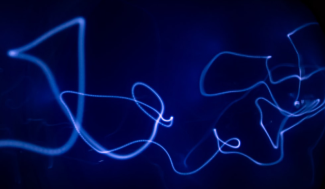Dystonia is characterized by intermittent or prolonged involuntary muscle contractions in one or more parts of the body, which eventually lead to “abnormal” movements or postures. The symptoms of this condition can be alleviated by various treatments, and the prognosis for patients is favorable in most cases. The abnormal movements caused by dystonia are not generally associated with cognitive or intellectual deficits, but motor impairment can cause psychological distress and often leads to social adjustment difficulties or anxiety disorders.
Diagnosing Dystonia
Dystonia is usually diagnosed through clinical examination, by observation of symptoms by a neurologist. Differential diagnosis is a real challenge, as dystonia is often mistaken for a symptom of other conditions. This can happen in particular with focal dystonia.
If dystonia is suspected to be the result of another neurological disorder, MRI (magnetic resonance imaging) can be used to confirm the diagnosis.
In the case of genetic dystonia, genetic testing might be necessary to guide treatment.


